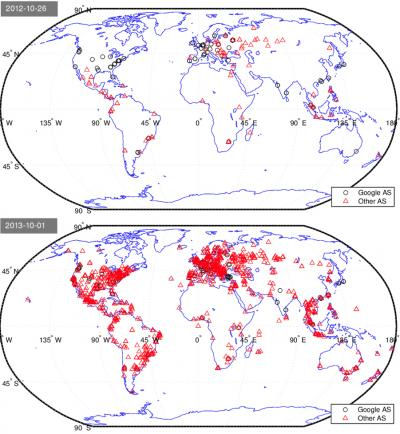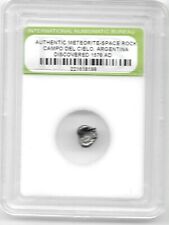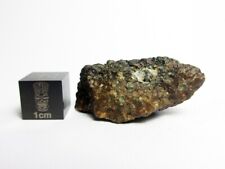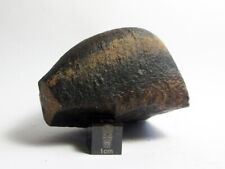
Researchers have discovered an unusual kind of meteorite in the Western Australian desert and thanks to an experimental camera network, were able to uncover exactly where in the solar system it came from.
Meteorites can provide valuable information about the conditions that existed when the early solar system was being formed. However, information about where individual meteorites originated, and how they were moving around the solar system prior to falling to Earth, is difficult to glean.
The new meteorite, which is about the size of a baseball, is the first to be retrieved since researchers from Imperial College London, Ondrejov Observatory in the Czech Republic, and the Western Australian Museum, set up a trial network of cameras in the Nullarbor Desert in Western Australia in 2006.
“We are incredibly excited about our new finding. Meteorites are the most analyzed rocks on Earth but it’s really rare for us to be able to tell where they came from. Trying to interpret what happened in the early solar system without knowing where meteorites are from is like trying to interpret the geology of Britain from random rocks dumped in your back yard,” explained Dr Phil Bland, the lead author of the new study.
The cameras allow the researchers to find new meteorites, and work out where in the solar system they came from, by tracking the fireballs that they form in the sky. The new meteorite was found on the first day of searching using the new network, by the first search expedition, within 100m of the predicted site of the fall.
The new meteorite is also unusual because it is composed of a rare type of basaltic igneous rock. This supports a theory that the igneous parent asteroids for meteorites such as this one formed deep in the inner solar system, before being scattered out into the main asteroid belt. Asteroids are widely believed to be the building blocks for planets like the Earth so today’s finding provides another clue about the origins of the Solar System.
“We’re not the first team to set up a network of cameras to track fireballs, but other teams have encountered problems because meteorites are small rocks and they’re hard to find in vegetated areas. Our solution was quite simple – build a fireball network in a place where it’s easy to find them. The Nullarbour Desert is ideal because there’s very little vegetation and dark rocks show up really easily on the light desert plain,” Dr Bland noted.
The researchers are hopeful that their new desert network could yield many more findings, following the success of their first meteorite search. “It was amazing to find a meteorite that we could track back to its origin in the asteroid belt on our first expedition using our small trial network. We’re cautiously optimistic that this find could be the first of many and if that happens, each find may give us more clues about how the Solar System began,” concluded Dr Bland.
Related:
DNA Precursors In Meteorite Confirmed As Extraterrestrial
Meteorite Indicates Mars Had Oceans

















![13.2g Iron Meteorite Windowed [Iridium Cobalt Nickel]:Ancient Fall::New Find: picture](/store/img/g/C5sAAOSw~8ZmGtnJ/s-l225/13-2g-Iron-Meteorite-Windowed-Iridium-Cobalt-Nicke.jpg)
Comments are closed.